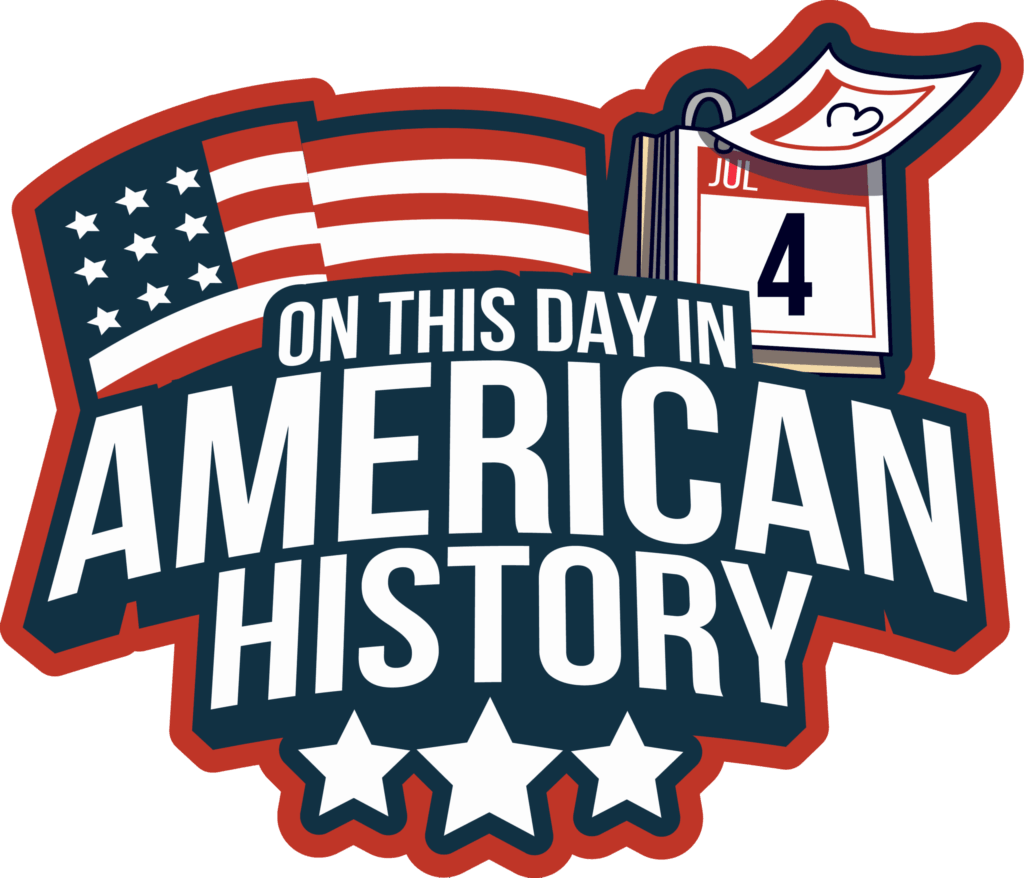
Signed into law by Abraham Lincoln on July 17, 1862, the Second Confiscation Act reinterpreted wartime power and expanded federal authority during the Civil War by permitting the seizure of property from Confederate supporters. Contraband camps in Washington, D.C., offered temporary shelter and support, while cotton—the South’s most frequently seized commercial resource—was confiscated across rebel-held territory. Though widespread land seizures were rare, General Benjamin Butler’s designation of rebel assets as “contraband of war” at Fortress Monroe helped establish a legal foundation for broader wartime justice and postwar reform.
Image via Shutterstock
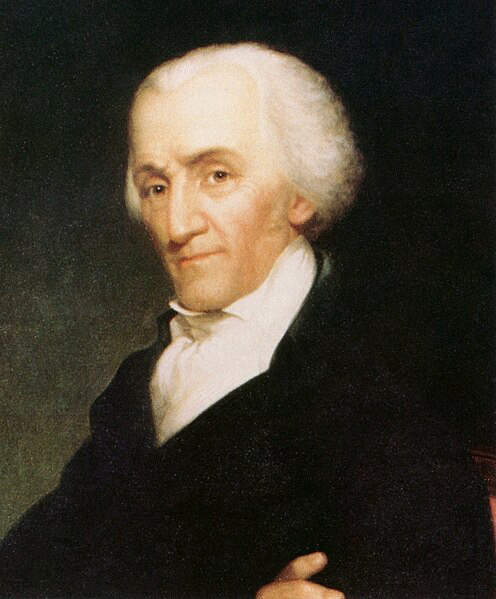
Born July 17, 1744 Elbridge Gerry had a VERY full life in politics – signer of the Declaration of Independence, James Madison’s Vice President, and 9th Governor of Massachusetts. Political redistricting during that last office however has forever linked his name with gerrymandering.
Image via Wikimedia Commons, public domain
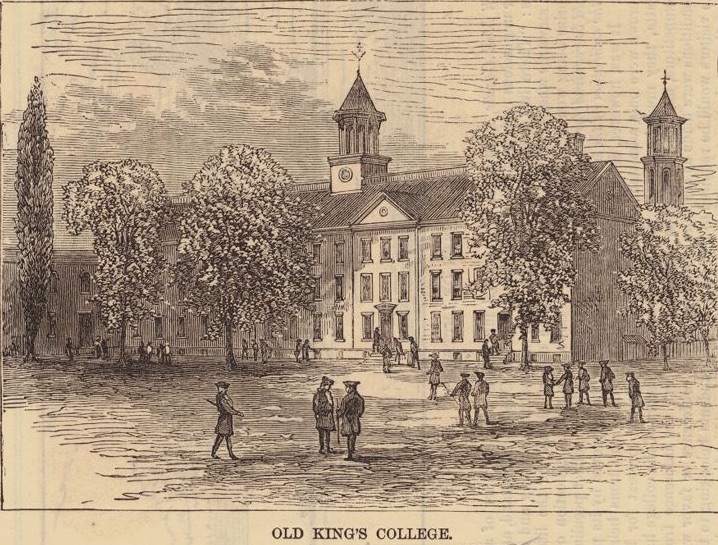
Founded July 17, 1754, King’s College (now Columbia University) stood at the heart of colonial New York as a beacon of enlightenment. Among its earliest students were Founding Fathers Alexander Hamilton, John Jay, and Gouverneur Morris, whose ideas helped shape a new nation from within its walls.
Image via NYPL Digital Collections, no known restrictions
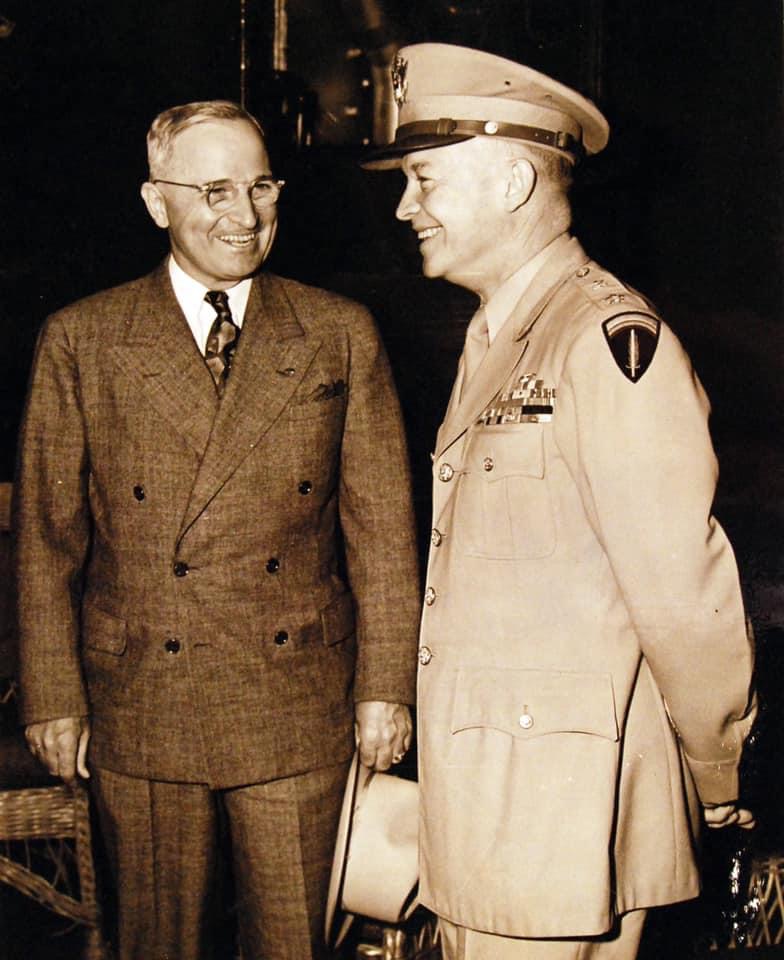
President Harry S. Truman and General Dwight D. Eisenhower aboard the USS Augusta en route to the Potsdam Conference in July of 1945.
The Potsdam Conference began on July 17, 1945. Leaders from the U.S., the UK and the Soviet Union met to discuss occupied Germany and how it would be governed after WWII.
Image via Wikimedia Commons, public domain
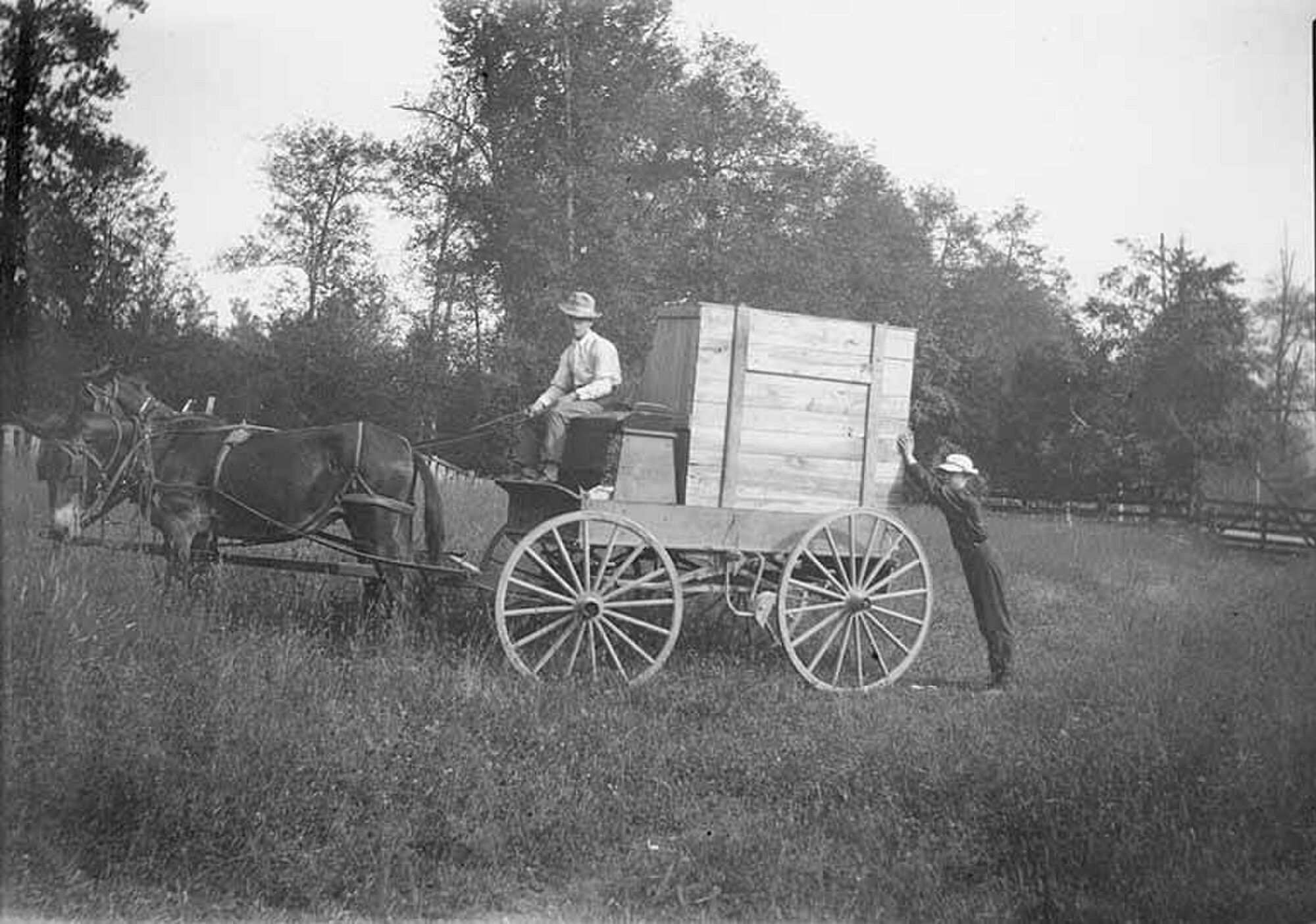
Delivering a piano on a wagon near Fall City, Washington State on July 17, 1907
Image via Wikimedia Commons, public domain
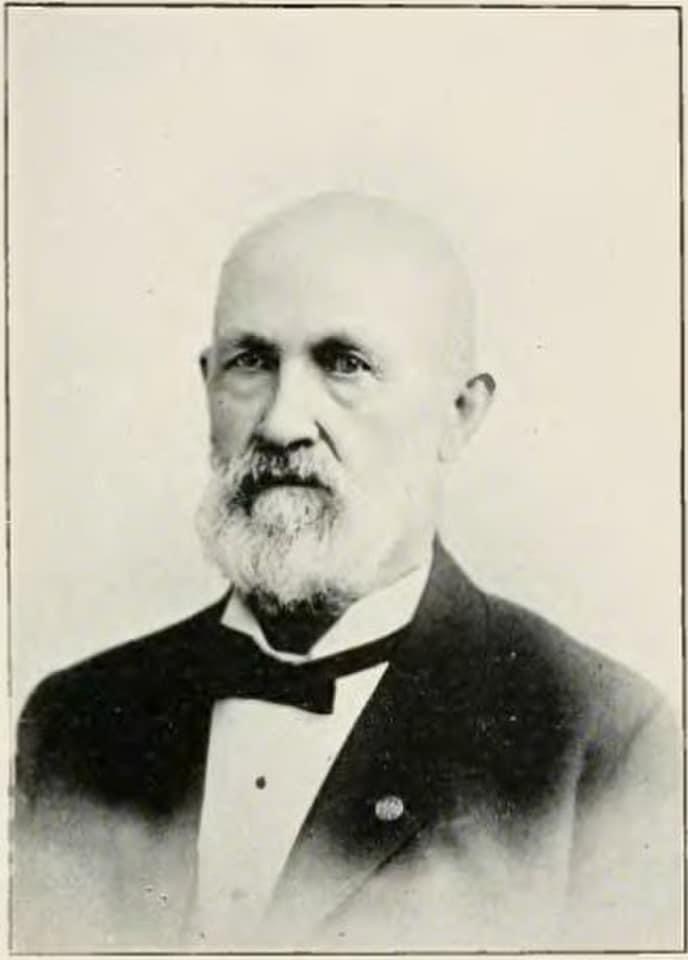
California Gold Rush prospector, Union Civil War Veteran and Toledo (Iowa) Savings Bank President Leander Clark was born on July 17, 1823 in Huron County, Ohio.
There is a township in Iowa named in his honor.
Image Lt.-Col. Leander Clark via Wikimedia Commons, public domain

“Country Store: interior, Ewen Avenue, Spuyten Duyvil, Bronx (New York)”
– 1935
An image by American photographer Berenice Abbott who was born on July 17, 1898 in Springfield, Ohio.
Image via Wikimedia Commons, public domain
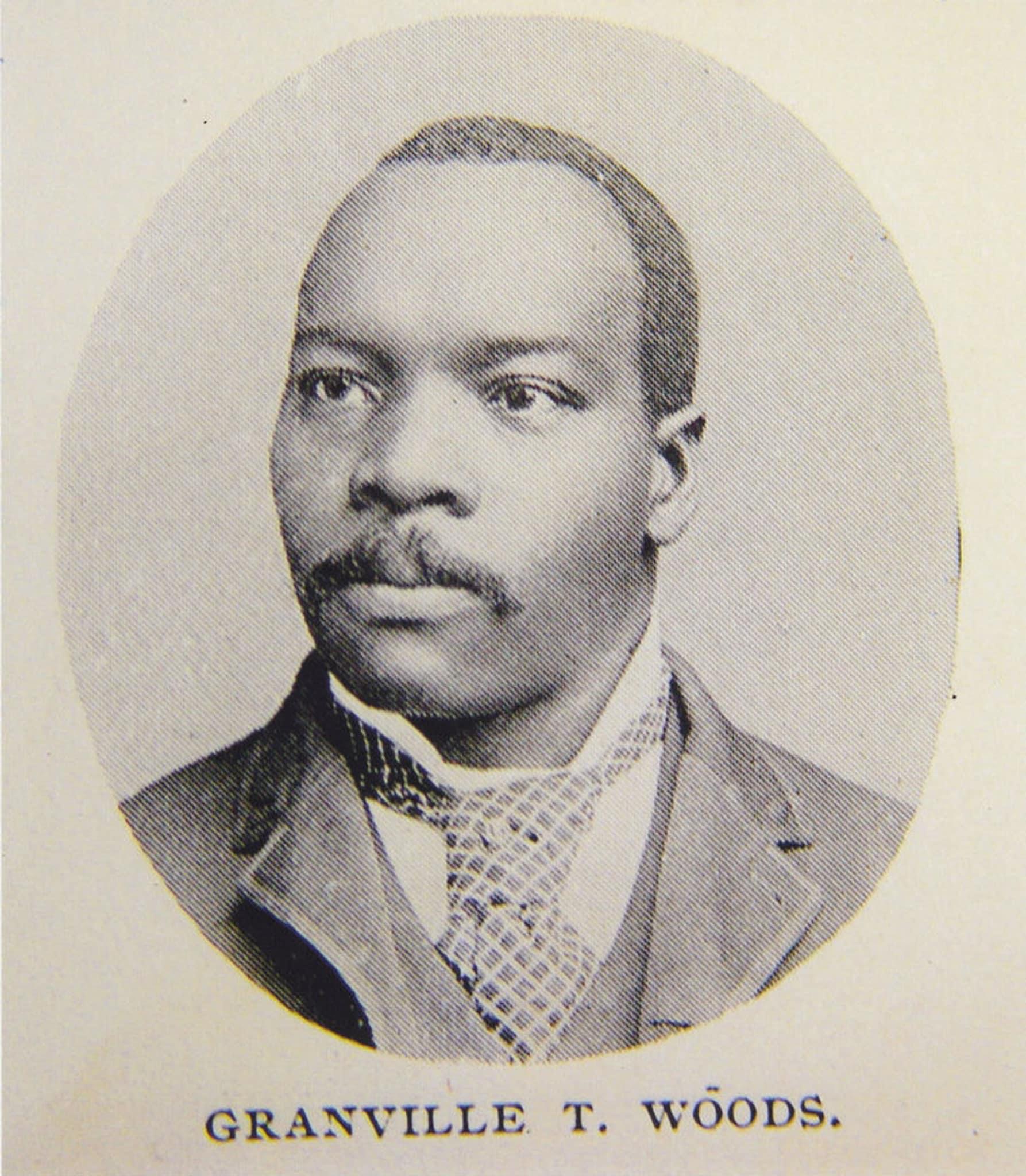
On July 17, 1888, Granville Woods of Ohio received U.S. Patent No. 386,282 for his improvements to Tunnel Construction for Electric Railways.
Image via Wikimedia Commons, public domain

A baseball card of Brooklyn Dodger Bill Bergen c. 1909-1911
On July 17, 1909, catcher Bill Bergen finally got a single after 45 at-bats without getting a hit. It was a lucky infield ground ball that bounced off the fielding pitcher’s glove.
Bergen’s record stood for 102 years until 2011.
Image via Wikimedia Commons, public domain

The stagecoach ride at Disneyland in 1955
On July 17, 1955, Disneyland opened in Anaheim,
California.
Image by ljpelletier via Wikimedia Commons, CC BY SA 2.0

Founded on July 17, 1867, Harvard’s Dental School—the first university-based dental school in the U.S.—was shaped by the vision of Dr. Nathan Cooley Keep. Trained first as a jeweler, Keep brought precision and artistry to dental science, pioneering porcelain teeth and forensic techniques. As founding dean, he helped establish the Doctor of Dental Medicine (DMD) degree and elevated dentistry to a respected medical discipline.
Image via Wikimedia Commons, public domain
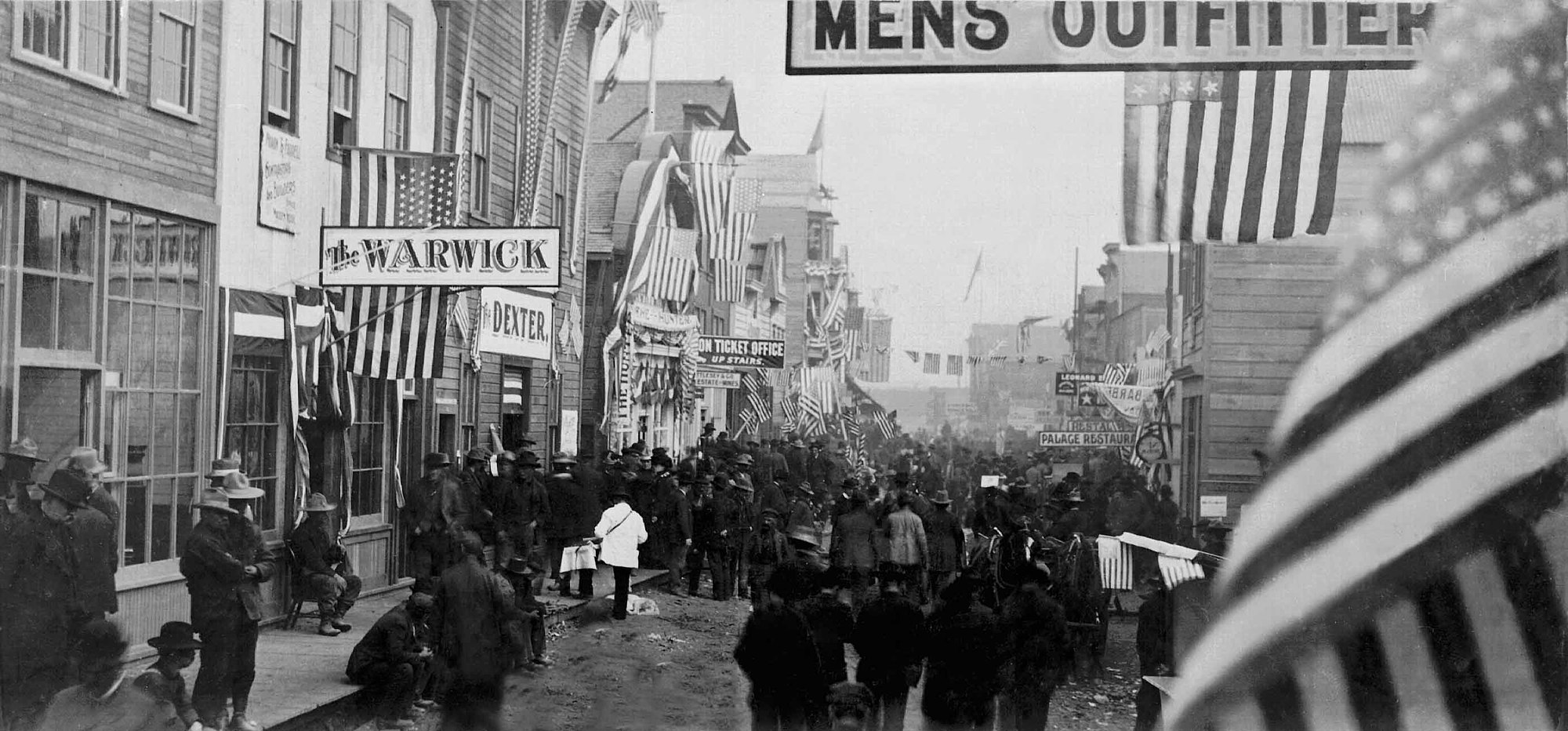
Nome, Alaska on July 17, 1900, at the height of the Alaska Gold Rush. The Dexter Saloon at left was owned by Wyatt Earp and his partner Charles E. Hoxie. It’s no longer standing and is now the site of Nome City Hall.
via Wikimedia Commons, public domain

Born July 17, 1928 pianist Vince Guaraldi, (left) along with his trio, was a fixture in Northern California’s jazz scene in the 1950s and ’60s. In 1965 he scored and performed on the soundtrack of “A Charlie Brown Christmas” considered “one of the most beloved holiday albums recorded.”
Image via Wikimedia Commons, public domain in the US
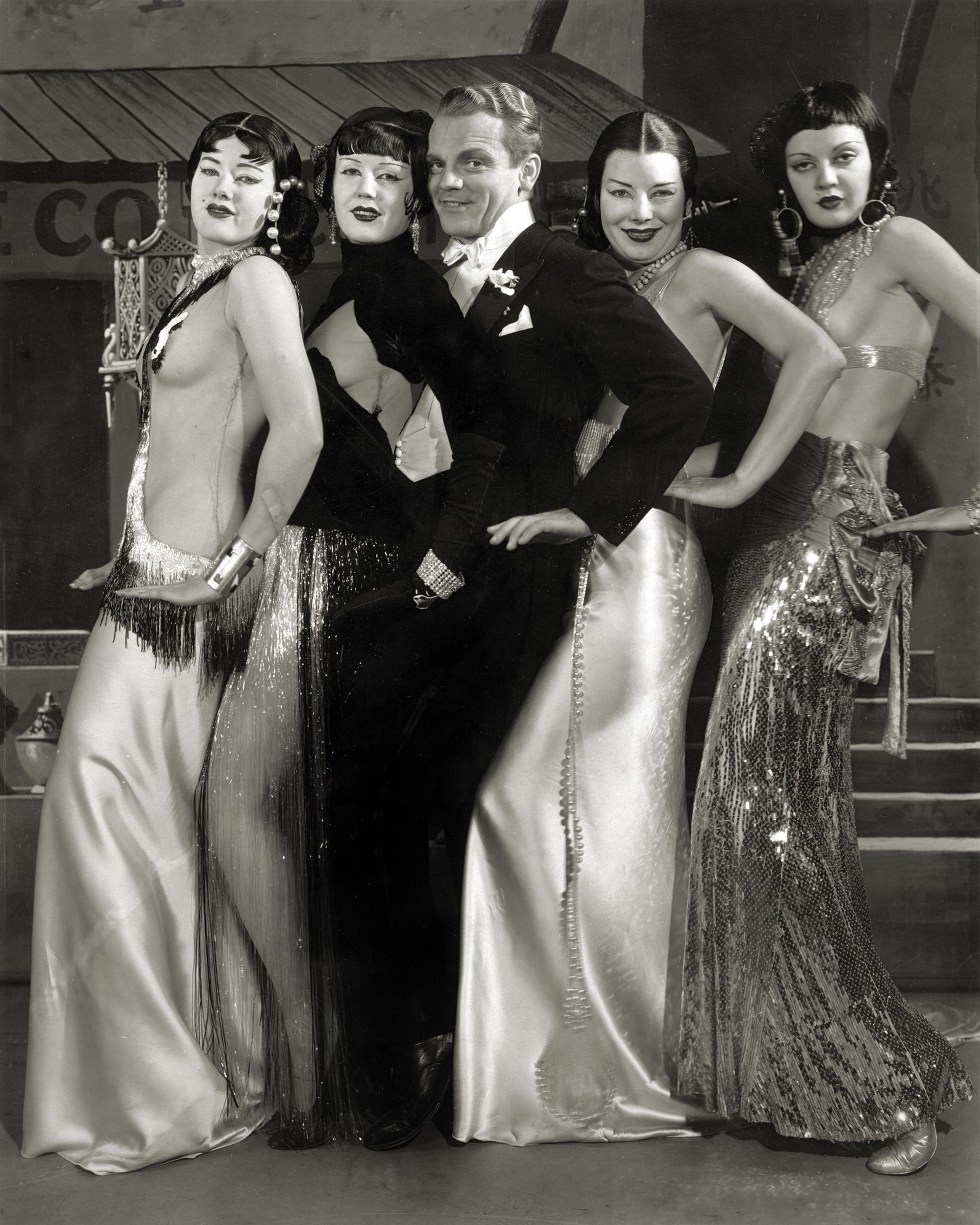
James Cagney was born on July 17, 1899, in New York City.
In his youth, before finding success as an actor, Cagney worked numerous jobs in order to provide for his family.
Image: James Cagney with chorus girls from the 1933 film Footlight Parade via Wikimedia Commons, public domain


